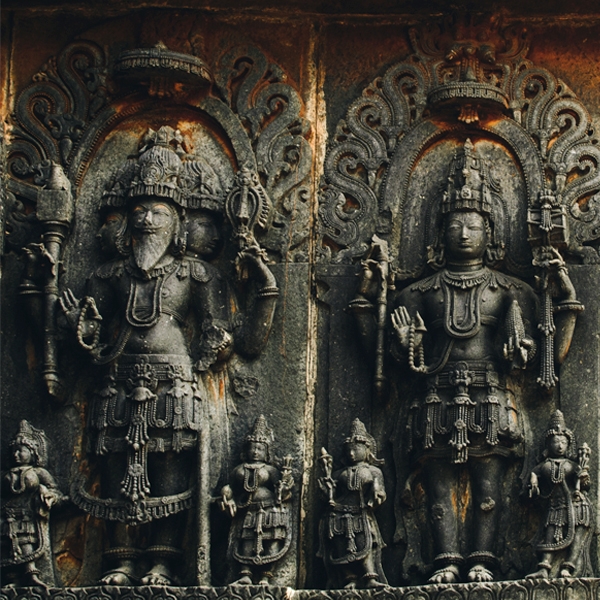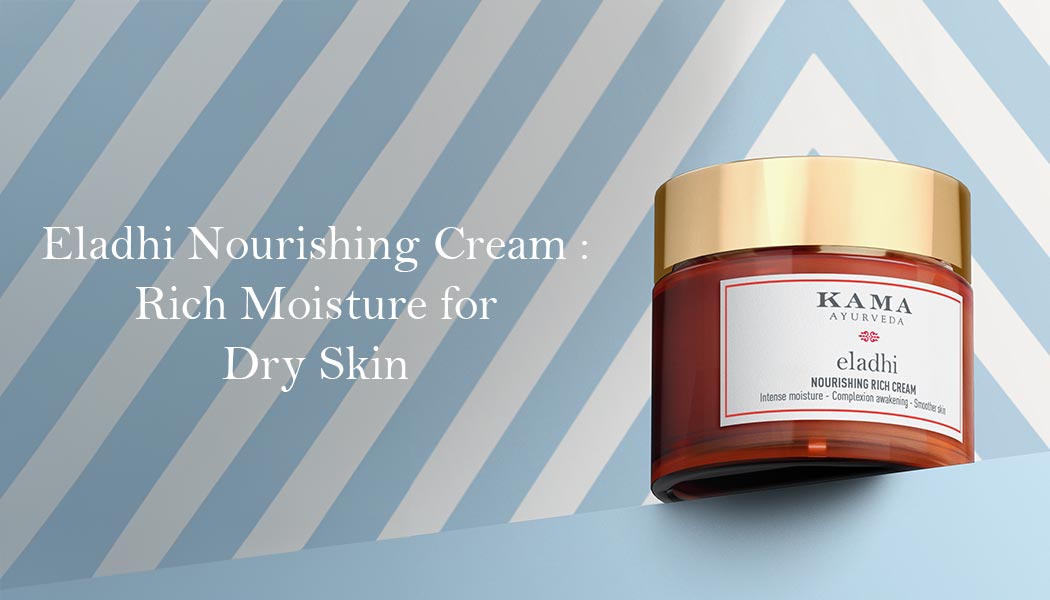- 18 May 2017
- 3 mins read
“I AM ASHWATTHA AMONG ALL TREES….”
- ‘BALLAD DIVINE: BHAGAVAD GITA’, BY DEV BHATTACHARYA
Lord Krishna likens himself as Ashwattha; (Sanskrit) or the Peepal (Pipal) tree, in the Bhagavad Gita. This tree is a symbol of the Universe’s never-ending expanse – indeed, it is revered across the Indian subcontinent, particularly amongst the Hindus, Jains, and Buddhists, as the Tree of Life.
The Peepal is also known as the Sacred Fig, and its botanical name is Ficus religiosa. The familiar and popular Banyan (Ficus benghalensis) is a relative of the Peepal, as are Gular/Dumar (Ficus racemosa), Pukar (Ficus benjamina) and Kamarup (Ficus microcarpa).
SCIENCE BEHIND THE SUPERSTITION

The Peepal is a true ‘Tree of Life’ even in the scientific sense. It releases oxygen at night. It protects the ozone layer, releasing maximum concentration of ozone during sunshine. When woman circle the Peepal, the exercise makes their lungs work more, increasing the intake of this ozone release. It seems then, that there is a scientific foundation to the superstitious idea of women with fertility problems, circumambulating the Peepal as a remedy!
MYTHOLOGICAL ALLURE OF PEEPAL

It is believed to be the first depicted tree in India, found inscribed on ancient Mohenjodaro seals. According to the Skanda Purana, Lord Vishnu the Preserver (of whom Lord Krishna was a reincarnation), was born, and resided under the Peepal. The Peepal represents the trinity of Bhrama, Vishnu, and Shiva, the roots being Bhrama, the trunk, Vishnu, and the leaves, Shiva. It is under the Bodhi (Sacred Fig) that the Buddha attained Enlightenment.
TWIN FLAMES

The Banyan, or Vata (Sanskrit), and Peepal varieties are treated as Male and Female counterparts of each other, which is why they are often cultivated in close proximity. Banyan has similar uses, and is treated as a remedy for:
Swelling, skin wounds, and excessive sweating
Uterine strengthening, vaginal diseases, and breast firming in women
Premature ejaculation in men
THE PEEPAL FOR AYURVEDIC DOSHA IMBALANCES
Ayurveda explains how every part of Peepal can be used for holistic wellbeing. It works powerfully on Kapha (Water) and Pitta (Fire) Dosha imbalances. The manner in which various parts of the Peepal eliminate water and phlegm (sweating, therapeutic vomiting, diuretic action, and expectorant effects); as well as heat (skin surface and internal purgation, anti-pyretic/temperature reduction) has a beneficial and balancing impact on digestive and skin health.
SKIN REMEDIES IN PEEPAL BARK AND LEAVES

Peepal leaves are inherently astringent. When heated, act as a purgative tonic. They are used in the treatment of:
Persistent skin itching
Dry, cracked heels
Boils, pimples, and blackheads
The bark of the Peepal tree, rich in vitamin K, is an effective complexion corrector and preserver; which makes bark extractions valuable for:
Strengthening blood capillaries and minimising inflammation
Healing skin bruises faster, and increasing skin resilience
Treating pigmentation issues, wrinkles, dark circles
Lightening surgery and pregnancy marks, scars, and stretch marks.
Further, a powder mix of the peepal fruit and bark may be used in the treatment of asthma.
Can Kama Ayurveda place the beauty benefits of Peepal in your hands? The simple answer is, ‘Yes’. Choose daily purification and luminosity, with our Turmeric & Myrrh Skin Brightening Soap or long-term healing for sun-damaged skin with Nalpamaradi Thailam Skin Brightening Treatment. These products have Ficus religiosa, Ficus benghalensis, Ficus racemosa, and Ficus microcarpa in them.
For reinvigorating detoxification, freshness, and smoothness from Ficus benghalensis, try Kama’s award-winning Kumkumadi Brightening Ayurvedic Face Scrub, or Kumkumadi Miraculous Beauty Fluid Ayurvedic Night Treatment. The latter is more suited to very dehydrated or pigmented, and mature skin types; though it may be included in late 20’s-early 30’s Skincare regimes. For men, we have the Himalayan Almond Deep Cleansing Face Scrub.










